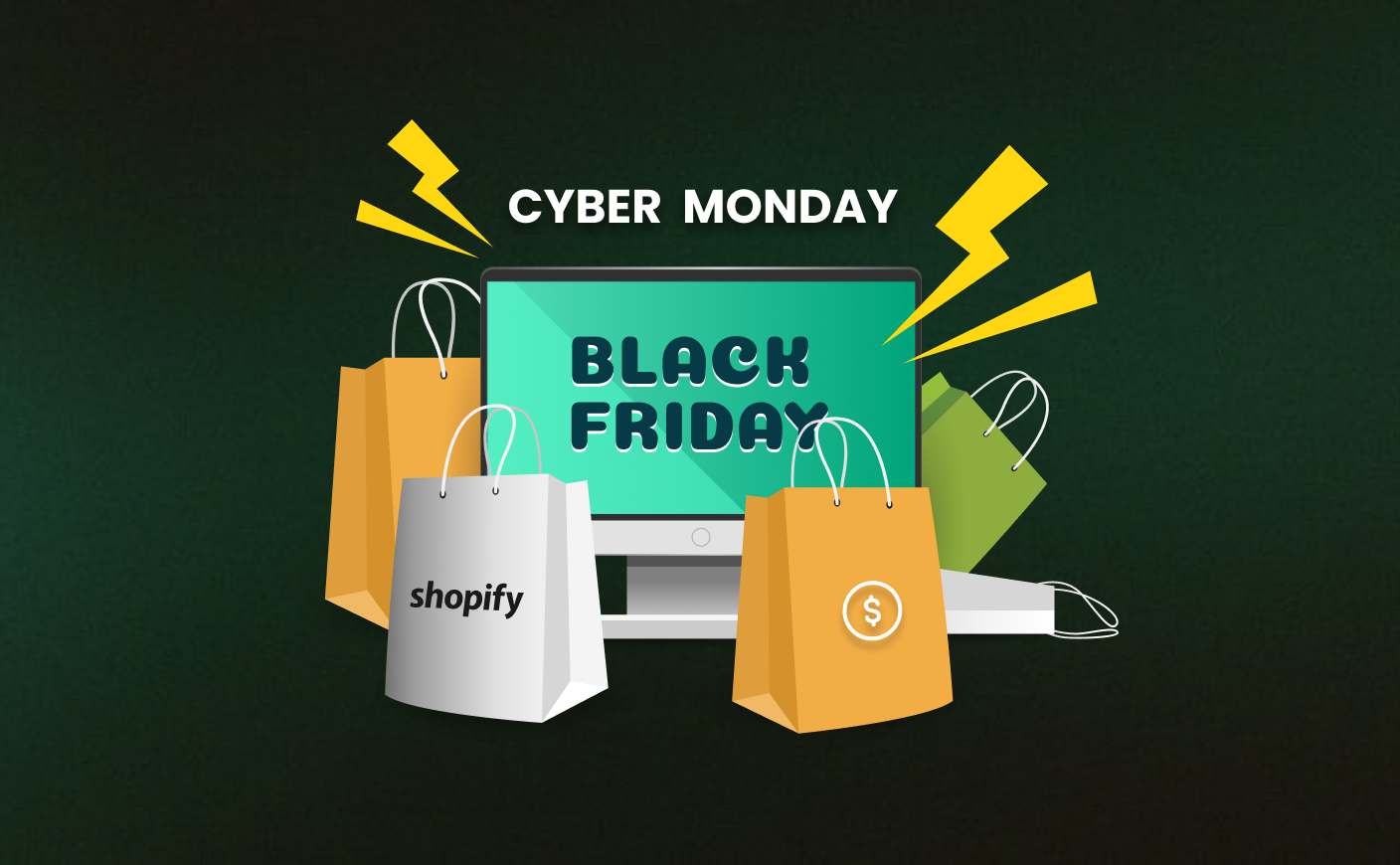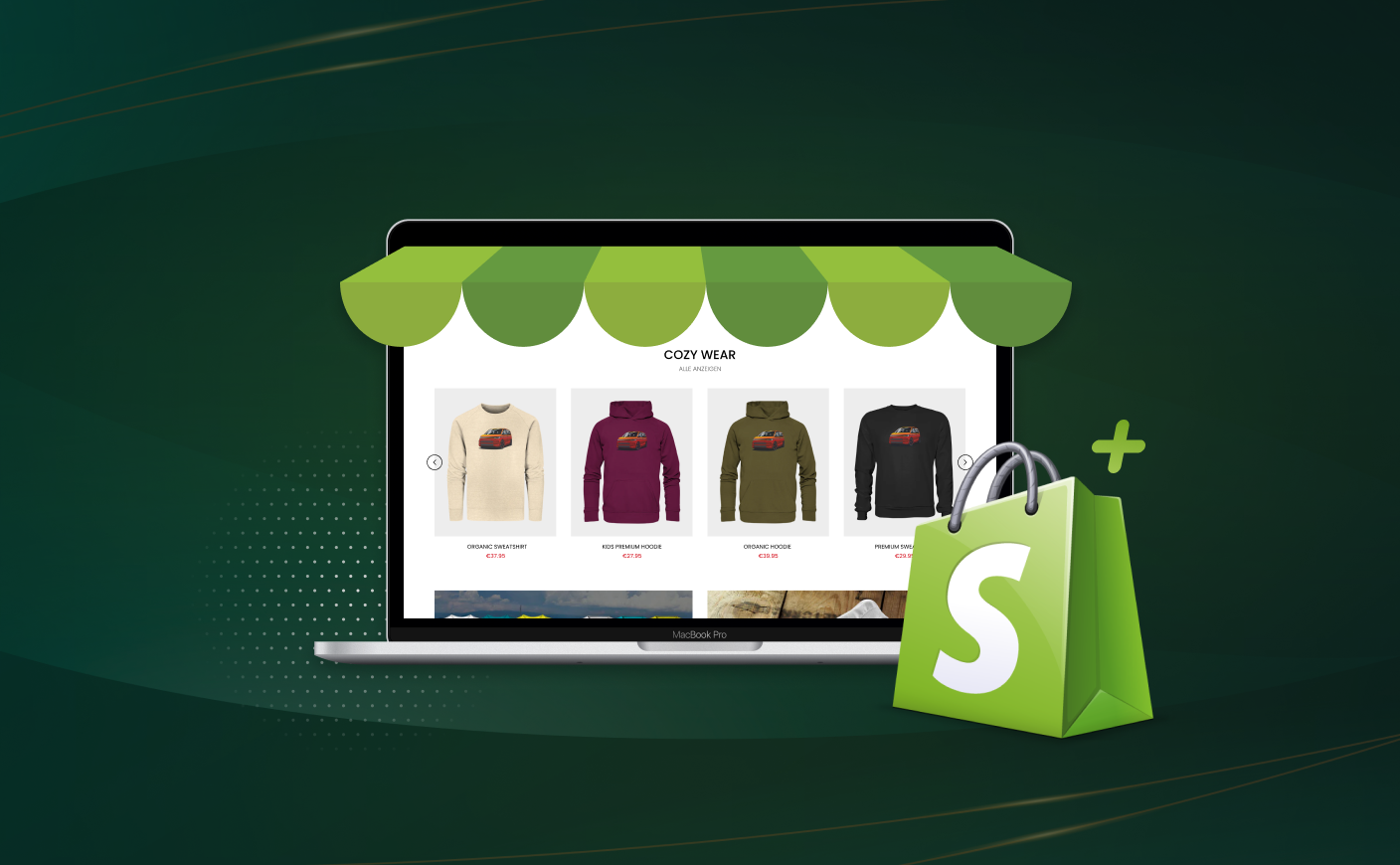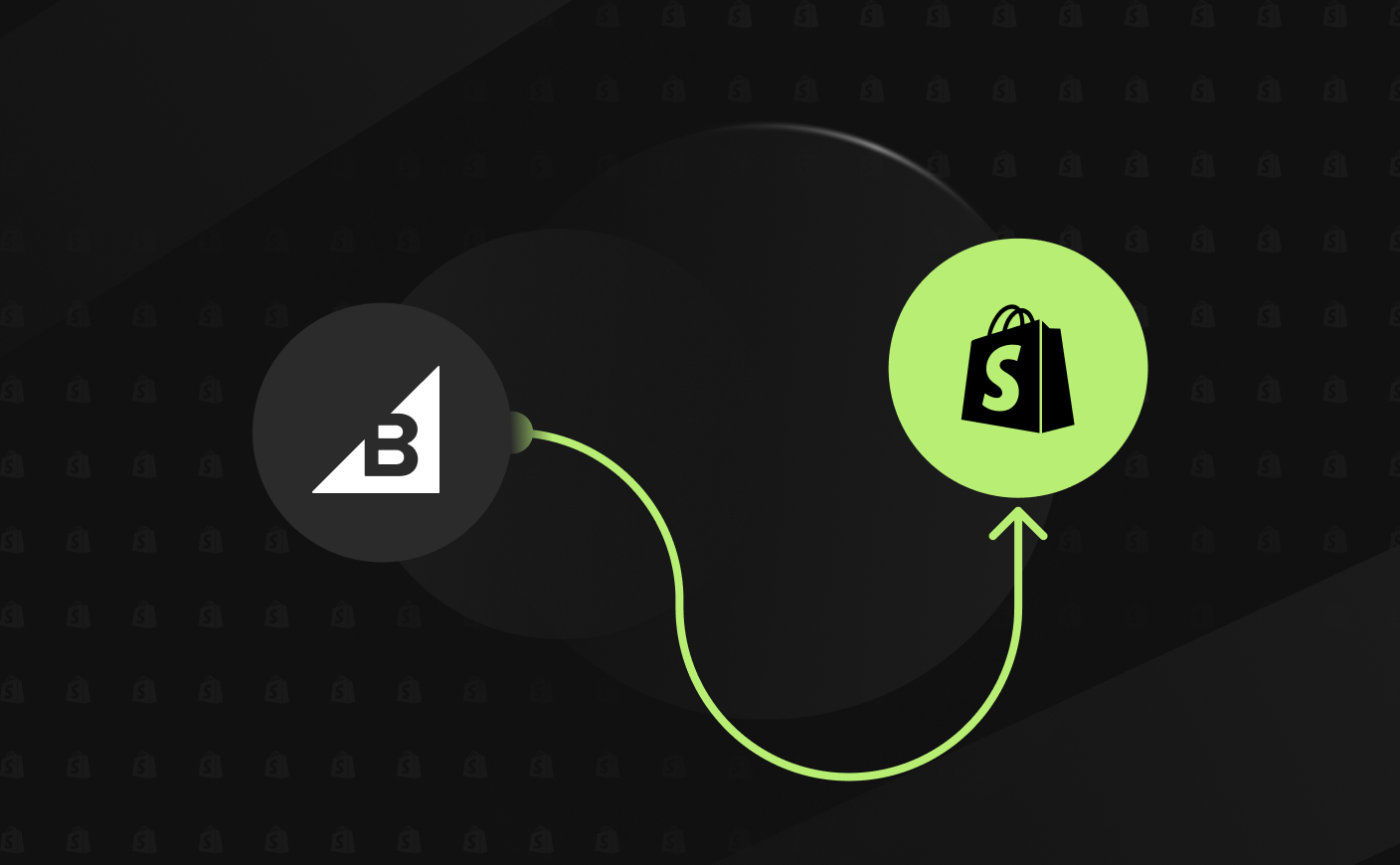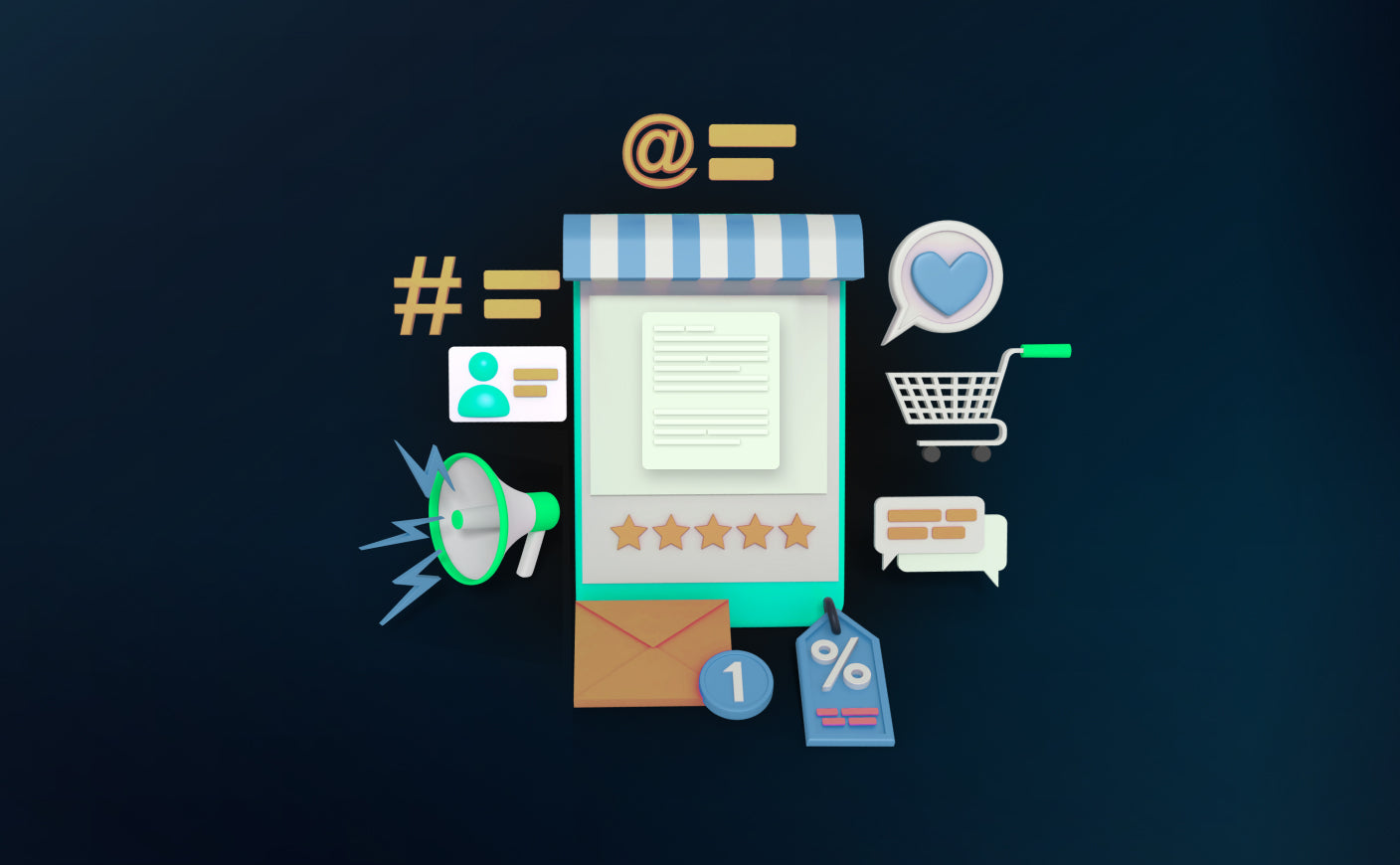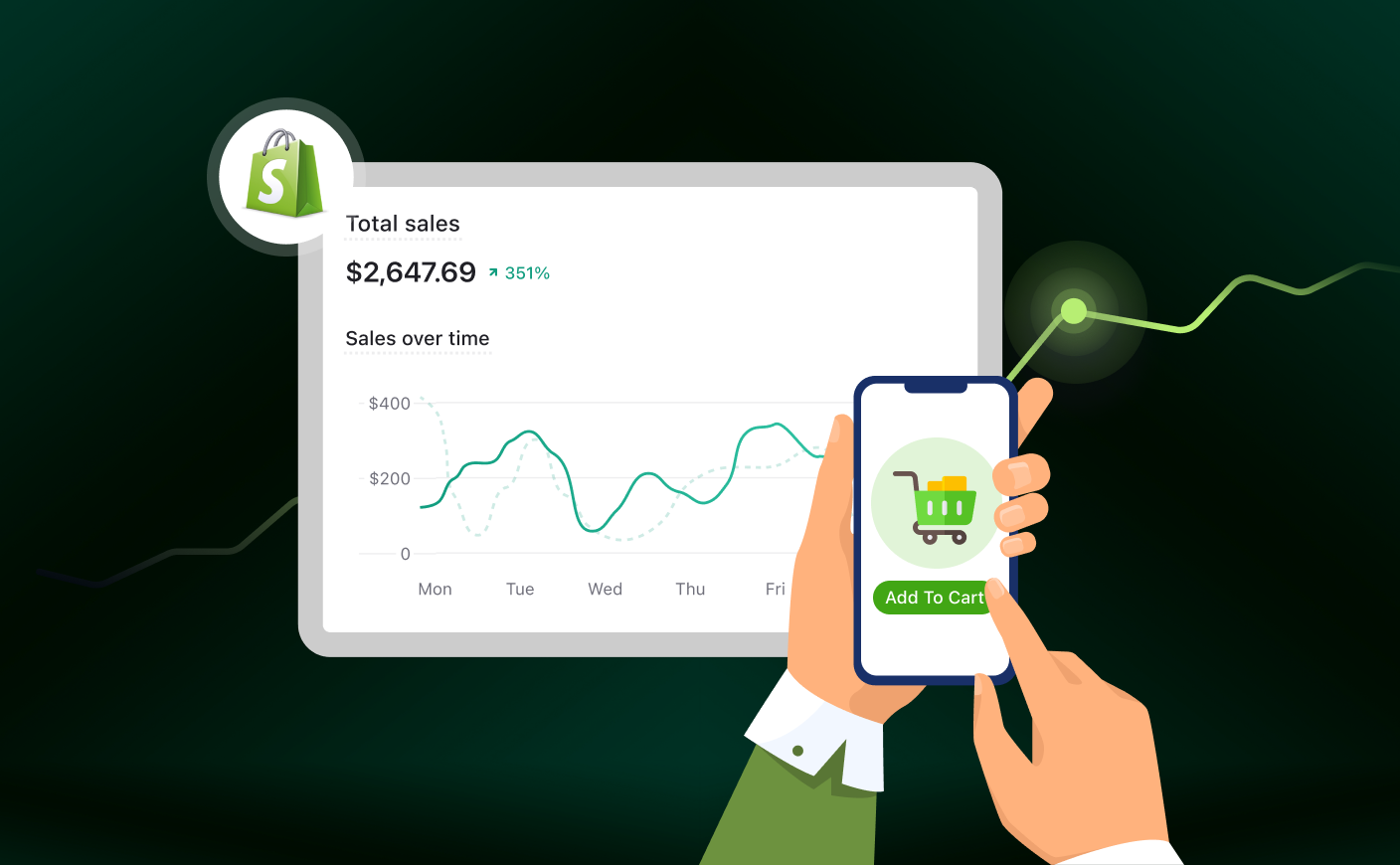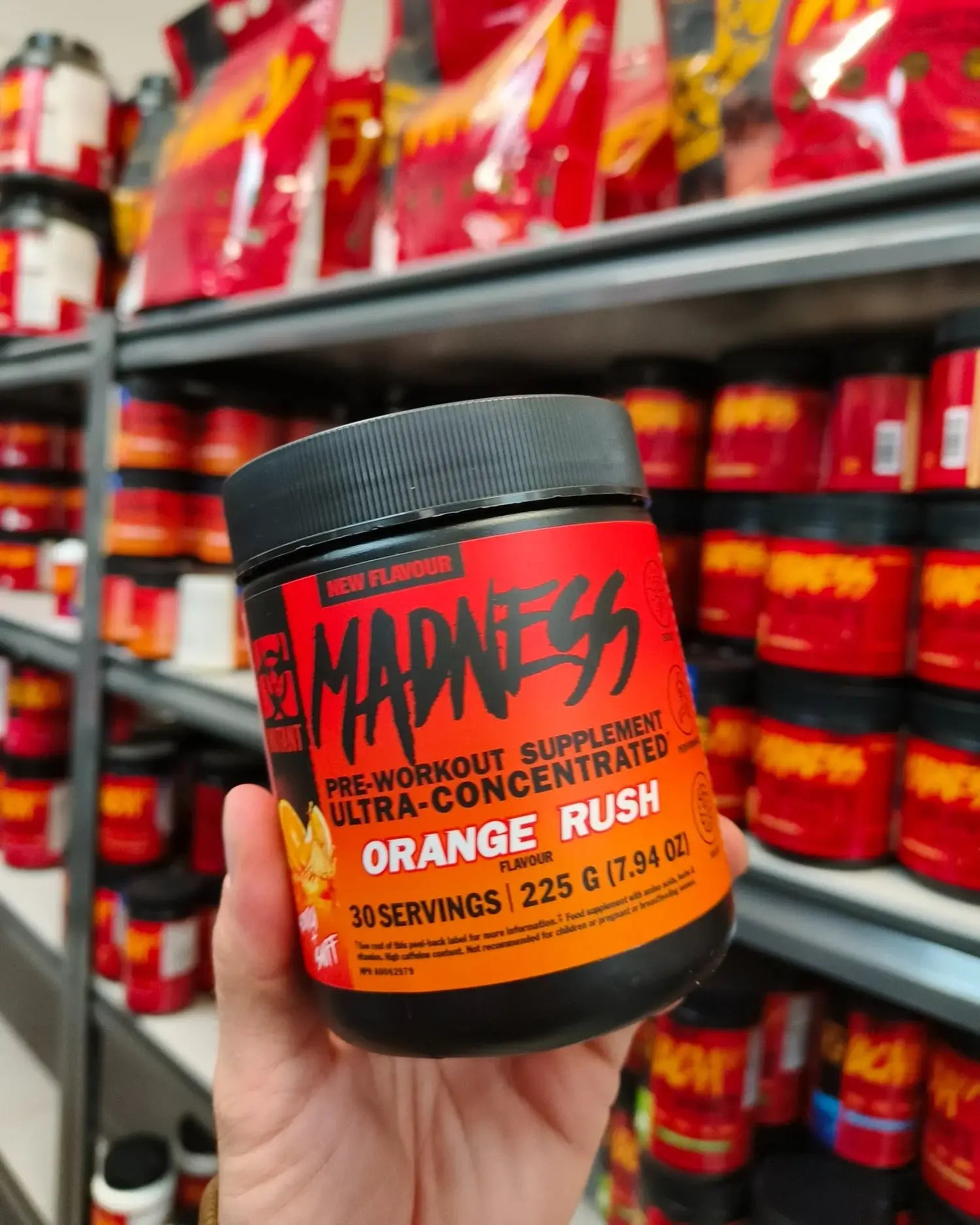Surge in Online Shopping: Trends and Strategies for 2025
Online Shopping
Online shopping in 2025

Remember the days when shopping was equivalent to long queues, crowded stores, and the occasional fight over a limited stock item? But these days are long gone.
Online shopping has completely changed the way we buy things - thus bringing convenience, varieties, and irresistible deals to our fingertips. Over the years ecommerce has transformed its role from being a mere alternative of in-store shopping to becoming the preferred choice for millions worldwide.
But here’s where it gets interesting—this shift isn’t just about convenience anymore. The real game-changer?
Key retail events.
Black Friday, Cyber Monday, Diwali sales, Christmas discounts—these events are no longer just shopping days; they’re full-blown online festivals.
Every year, retailers break new records, and consumers eagerly wait for these sales to grab the best deals. The numbers don’t lie—each year, the surge in online shopping during these events keeps growing, and 2025 is set to take it to the next level.
So, what is the reason behind this growth? And more importantly, how can businesses not just keep up but stay ahead of the curve?
In this blog, we’ll break down the biggest trends shaping online shopping in 2025 and the strategies that smart businesses are using to make the most of this shopping boom.
The Driving Forces Behind the Surge in Online Shopping
The surge in online shopping has been nothing short of transformative, reshaping how we purchase everything from daily essentials to luxury items.
Let's understand the key forces propelling this digital shopping revolution.
Changing Consumer Behavior
Avoid crowded stores and take advantage of the convenience of home delivery, consumers are increasingly choosing to purchase online. It is anticipated that there will be 288.45 million online shoppers in the United States alone by 2025, up from 273.49 million in 2024.
This trend reflects a broader global movement towards ecommerce, as more individuals appreciate the time-saving benefits and extensive product selections available online.
Also read: A guide to average ecommerce conversion rate in 2025.
Mobile Commerce Growth
Our smartphones have become personal shopping hubs. Global sales of mobile commerce are expected to reach $2.51 trillion in 2025, accounting for 59% of all ecommerce sales.
This significant growth underscores the importance of mobile-friendly shopping experiences. To leverage this, you can optimize your websites and apps, ensuring easy navigation and quick load times to cater to the on-the-go shopper.
AI & Personalization
AI too is playing a huge role in revolutionizing the shopping experience. Statistics say that AI-driven personalization can lead to 10-15% increase in conversion rates across various industries.
By analyzing browsing patterns and purchase histories, AI creates personalized recommendations, making shoppers feel understood and valued.
Also read: AI Ecommerce tools you can’t miss in 2025.
Influence of Social Commerce
Social media platforms are evolving into bustling marketplaces. In 2023, social commerce accounted for over $67 billion in U.S. sales, a trend set to grow further in 2025.
Features like shoppable posts and in-app checkout have streamlined the buying process, allowing users to transition from inspiration to purchase without leaving their favorite apps.
Key Trends Shaping Online Shopping in 2025
Let us now explore the key trends that will shape up the world of online shopping in 2025.
AI-Powered Shopping Assistants
In ecommerce, artificial intelligence (AI) has evolved from a buzzword to a powerful tool. Retail giants such as Amazon are building AI agents capable of recommending products, adding items to carts, and even completing purchases on behalf of users.
By analyzing customer preferences and purchasing patterns, these AI-powered assistants provide tailored recommendations that improve the efficiency and intuitiveness of the shopping process.
Live Shopping & Influencer Marketing
Live shopping events have emerged as a dynamic fusion of entertainment and commerce. Platforms such as Whatnot are leading this trend by hosting auction-style live streams where sellers interact with buyers in real-time, creating a sense of urgency and community.
This approach not only enhances customer engagement but also leverages the trust and reach of influencers to drive sales.
Faster & Flexible Deliveries
Customers today demand delivery options that are reliable as well as quick. This need is met by innovations such as drone delivery and the construction of micro-fulfillment centres in urban areas.
In addition, brands now are also prioritizing eco-friendly activities since more and more consumers are moving towards environment friendliness.
Subscription-Based Shopping
The subscription model has gained momentum, offering consumers the convenience of regular deliveries tailored to their needs. From curated boxes to auto-replenishment services, businesses are leveraging this model to foster customer loyalty and ensure a steady revenue stream.
Personalization within these subscriptions improves the customer experience, making it more likely for subscribers to remain engaged.
Buy Now, Pay Later (BNPL) Growth
With the ability to buy purchases and pay in interest-free installments, the BNPL model has become increasingly popular.
Younger generations have found this payment option especially alluring, thus influencing their purchasing decisions and allowing them to manage their finances more effectively.
Rise of AR & VR Shopping
Augmented Reality (AR) and Virtual Reality (VR) technologies are transforming online shopping into an immersive experience. Retailers are implementing virtual try-ons and 3D product visualizations, allowing customers to interact with products in a virtual space before making a purchase.
This not only enhances the shopping experience but also reduces return rates by helping customers make more informed decisions.
Strategies to Capitalize on the Online Shopping Surge
Online shopping is evolving faster than ever, and if your business isn’t keeping up, you’re leaving money on the table. Here’s how you can stay ahead and maximize sales during peak shopping events in 2025.
#1 Optimize Your Website & Mobile Experience
A slow or clunky website is the fastest way to lose a customer. With mobile commerce expected to make up 59% of global online sales, your website needs to be fast, responsive, and user-friendly.
- Speed matters – Even a 1-second delay can lower conversions by 10%
- Mobile-first design – Most shoppers browse and buy on their phones
- One-click checkout – The fewer the steps, the better your conversion rates
- Voice search optimization – More users are shopping using voice assistants like Alexa & Google
#2 Leverage AI for Personalization
AI is no longer a futuristic concept—it’s a necessity in ecommerce. Customers expect brands to know their preferences and offer tailored experiences.
- AI-driven product recommendations – Increases conversion rates by up to 35%
- Chatbots & virtual assistants – Provide real-time support and reduce cart abandonment
- Predictive analytics – Analyze past behaviors to create targeted promotions
- Dynamic email marketing – Personalized emails can increase open rates by 29%
#3 Create Hype with Pre-Sale Marketing
Shoppers love anticipation, and the most successful brands know how to build it before the big event.
- Early-bird discounts – Offer exclusive deals to email subscribers
- Teasers & countdowns – Use social media and SMS marketing to build urgency
- Influencer collaborations – Partner with trusted voices to expand your reach
- Behind-the-scenes content – Show sneak peeks of upcoming deals to generate buzz
#4 Omnichannel Presence is a Must
Your customers don’t just shop on your website. They browse on Instagram, check reviews on YouTube, and buy from marketplaces like Amazon.
- Social commerce – Sell directly through TikTok, Instagram, and Facebook
- Marketplaces & DTC sites – Balance your brand’s website with platforms like Amazon & Etsy
- In-store & online integration – Implement BOPIS (Buy Online, Pick Up In-Store) for flexibility
- Consistent branding – Ensure messaging is the same across all channels.
#5 Use Data-Driven Pricing Strategies
Pricing isn’t a guessing game. Top brands use real-time data to adjust prices dynamically based on demand, competition, and shopping trends.
- AI-powered dynamic pricing – Adjust prices instantly to stay competitive
- Flash sales & time-sensitive discounts – Encourage impulse purchases
- Bundle offers – Increase AOV (Average Order Value) by creating strategic product bundles
- Price tracking tools – Monitor competitor pricing and adjust accordingly
#6 Improve Customer Retention
Loyal customers spend 67% more than new ones. If you’re not focusing on retention, you’re constantly playing catch-up.
- Loyalty programs – Reward repeat customers with points, discounts, or VIP access
- Personalized offers – Tailor promotions based on past purchases
- Post-purchase engagement – Send thank-you emails, ask for reviews, and offer next-purchase incentives
- Subscription models – Increase long-term revenue with auto-replenishment or VIP memberships
Conclusion
Online shopping in 2025 is more than just a trend—it’s a revolution. With AI-driven personalization, social commerce, and next-level shopping experiences, businesses that adapt will thrive while those that don’t will struggle to keep up. The key to success lies in understanding these trends, optimizing for them, and delivering engaging, and efficient shopping experiences.
Frequently Asked Questions
Will AI take over online shopping completely? Or is it just hype?
AI isn’t just hype—it’s already transforming ecommerce. From personalized recommendations and chatbots to predictive analytics and dynamic pricing, AI enhances customer experience and boosts conversions. Brands using AI-powered personalization have seen up to a 35% increase in sales, proving that AI is no longer optional—it’s essential.
Is social commerce really the future, or just another marketing buzzword?
Social commerce is not just a trend—it’s a revolution! Platforms like Instagram, TikTok, and Facebook are becoming full-fledged marketplaces, allowing users to discover, review, and purchase products without leaving the app. With social commerce sales expected to hit $1.2 trillion globally by 2025, ignoring it means missing out on a massive revenue stream.
Will people really buy expensive items using AR & VR?
Yes! AR and VR eliminate guesswork, allowing customers to see how products look and function in real life before buying. Brands like IKEA and Gucci are already using AR-powered try-ons, and businesses implementing these features have seen up to a 40% reduction in return rates—a clear sign that immersive shopping is the future.
Are "Buy Now, Pay Later" (BNPL) services just a fad, or should I offer them in my store?
BNPL is here to stay! Millennials and Gen Z shoppers love flexible payment options, and businesses that offer BNPL see higher average order values and lower cart abandonment rates. In fact, the BNPL market is projected to grow by over 25% annually, making it a must-have for ecommerce success.
What’s the biggest mistake ecommerce brands make during mega sales like Black Friday?
The biggest mistake? Not preparing early enough. Many brands wait until the last minute to optimize their sites, leading to slow load times, stock issues, and missed sales. The smartest businesses start prepping months in advance—building hype, optimizing mobile experiences, and ensuring their checkout process is smooth. Those who plan ahead don’t just survive—they break sales records.
CrawlApps
At CrawlApps, we don’t just build Shopify stores—we create experiences that sell. We’re a bunch of problem-solvers who love turning ideas into stores that actually converts. Whether it’s fixing what’s broken or building something from scratch, we make sure every detail works in your favor. No fluff, no jargon—just real solutions that help your business grow. If you’re serious about Shopify, you’ll feel right at home with us.


